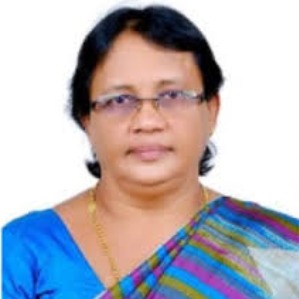Title : Ornamental fish culture and aquarium keeping – A small scale livelihood option in India
Abstract:
Aquarium keeping is the second largest hobby in the world and is becoming a stress relieving hobby. About 7.2 million houses in the USA and 3.2 million in the European Union keep an aquarium at their houses. The number is increasing day by day. Most of the ornamental fishes are tropical fishes and about 65% of them comes from Asia. In India, as per the estimate of Marine products export development authority(MPEDA) there are about one million aquarium hobbyists. Indian market can be categorized into domestic market and export market. The export market is dominated by indigenous ornamental fishes of India and the domestic market is contributed by the exotic fishes. The domestic market is estimated to be about $3.26 and the export market is about $ 0.38. the annual growth rate is about 14%.
In India, especially in Kerala, more than a hobby, ornamental fish culture has become a livelihood option. Because of the adequate climatic conditions, availability of water and unemployed youth most of the tropical fishes are bred and cultured in Kerala. Many of the scientific institutions and government are promoting this by giving training and financial support. In the present paper a case study is presented. The rural people Kumbalam village, a village in the Ernakulam district of Kerala, were trained for the culture of ornamental fish farming, including glass tank construction, fish breeding, larval rearing, live feed culture, aquatic plant culture, aquarium set up and fish feed preparation. They started doing either of these activities at their homes and started earning small income which helped them to improve their socioeconomic status. The details are presented in the paper.



